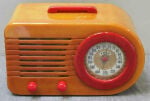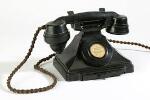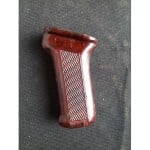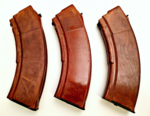Schweik,
Regarding Moresby being saved from invasion, I didn't mean to imply that the P-39 had anything to do with the Battle of the Coral Sea in May '42. That was of course the Navy that turned back the invasion force at Coral Sea. But the Japanese mission in that battle was to invade Moresby. The later battle of Milne Bay was an attempt by the Japanese to invade Milne Bay, not Moresby. Make sense?
Thanks.
Coral Sea did save Morseby, but Morseby remained under threat.
New Guinea is a very mountainous jungle island. The knife like ridges of the Owen Stanley range proved an insurmountable barrier to Japanese ground forces, who were based on the north side of the Island (see Buna and Lae on the map below) whereas Port Morseby was really the only viable port for the Allies on the South side. Milne Bay was a tiny undeveloped outpost with a small landing strip on the Eastern tip of the Island and the battle there was an attempt by the Japanese forces to do an end-run around the edge of the island (using invasion barges) so as to get to Port Morseby. See the map:
Had the landing succeeded, the Japanese Army was to continue up the coast to Port Morseby. The Australian and American aircraft which sunk the invasion barges and strafed the Japanese troops were based mainly in Port Morseby. Only after the battle was Milne Bay developed into a proper base.
Make sense?




